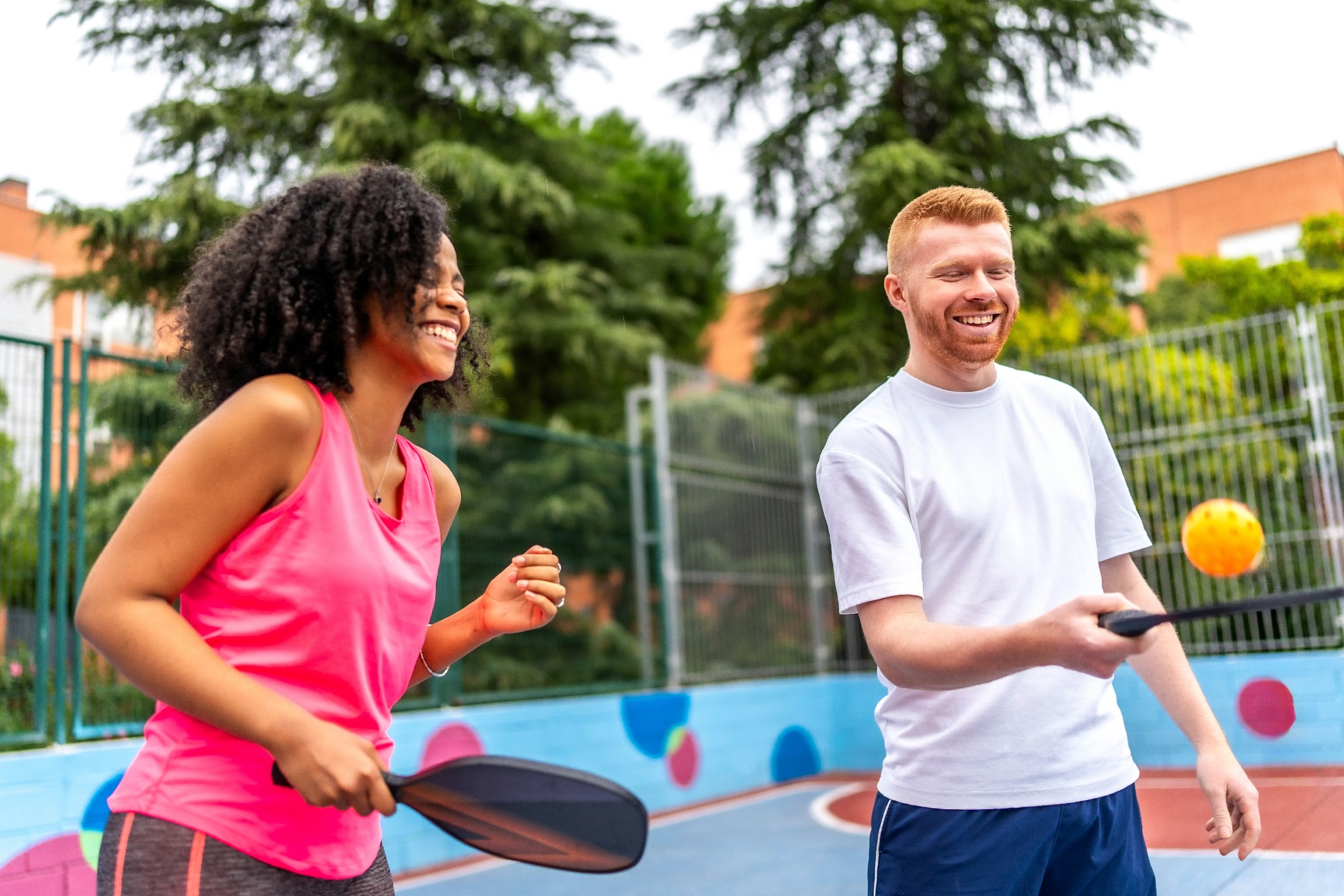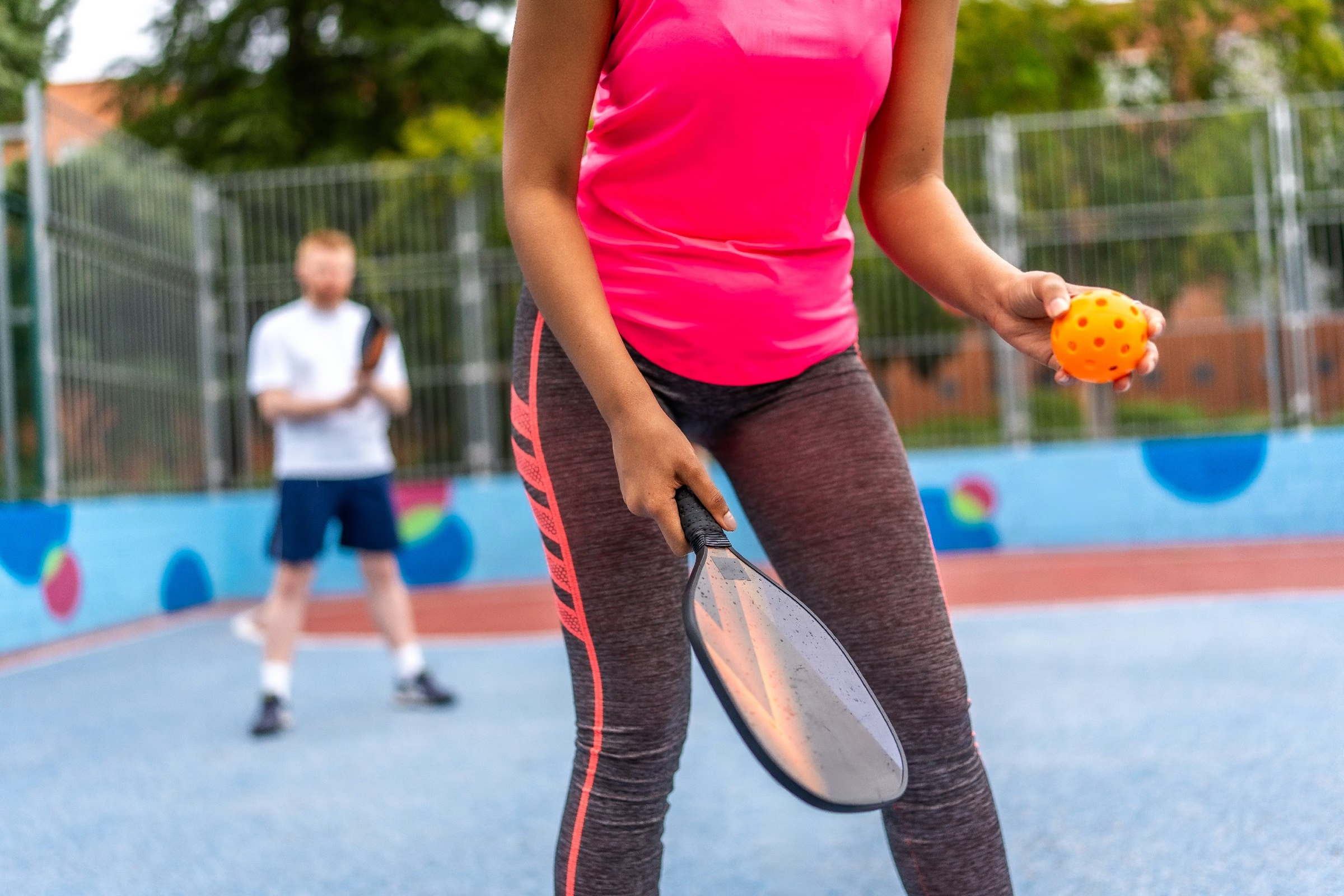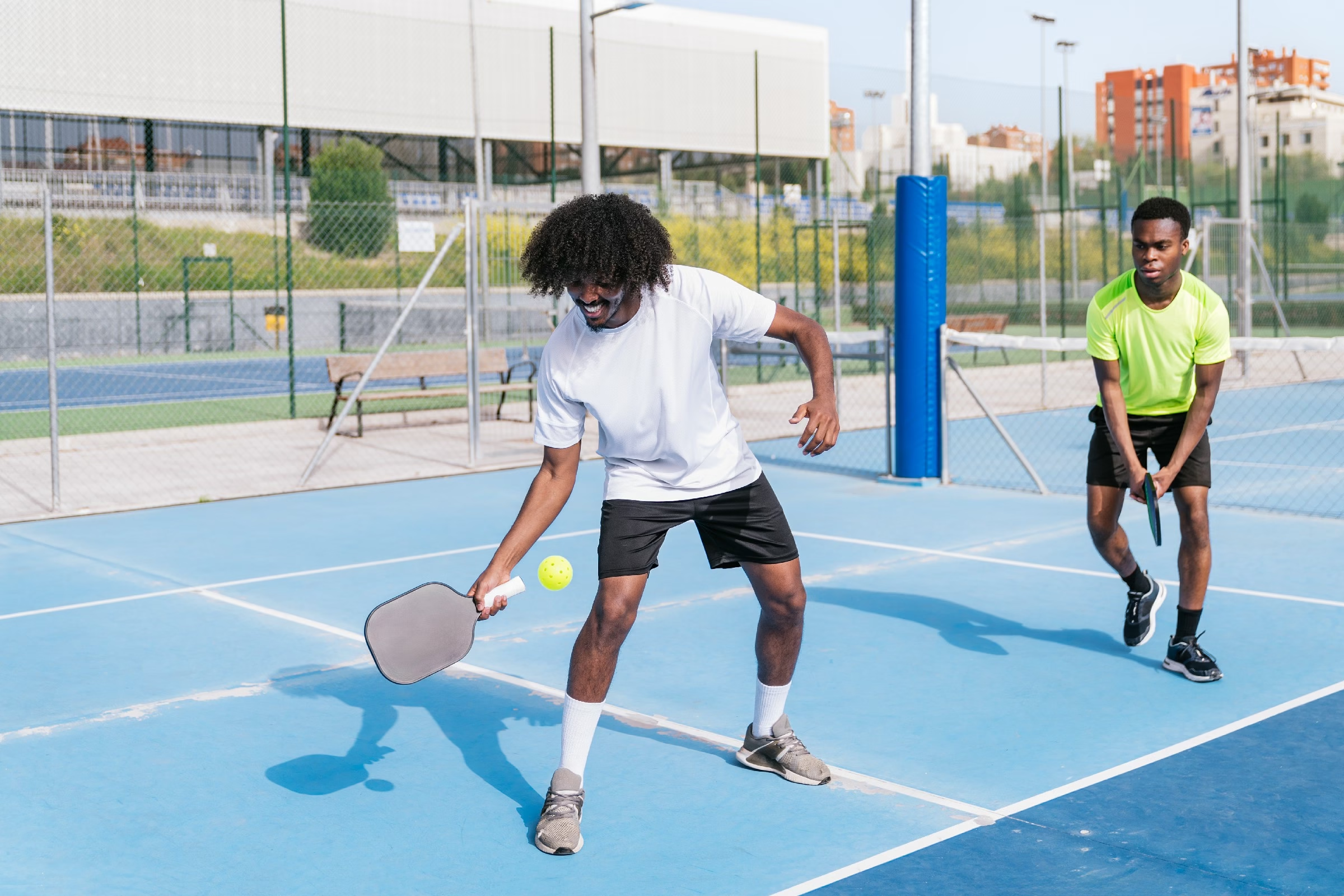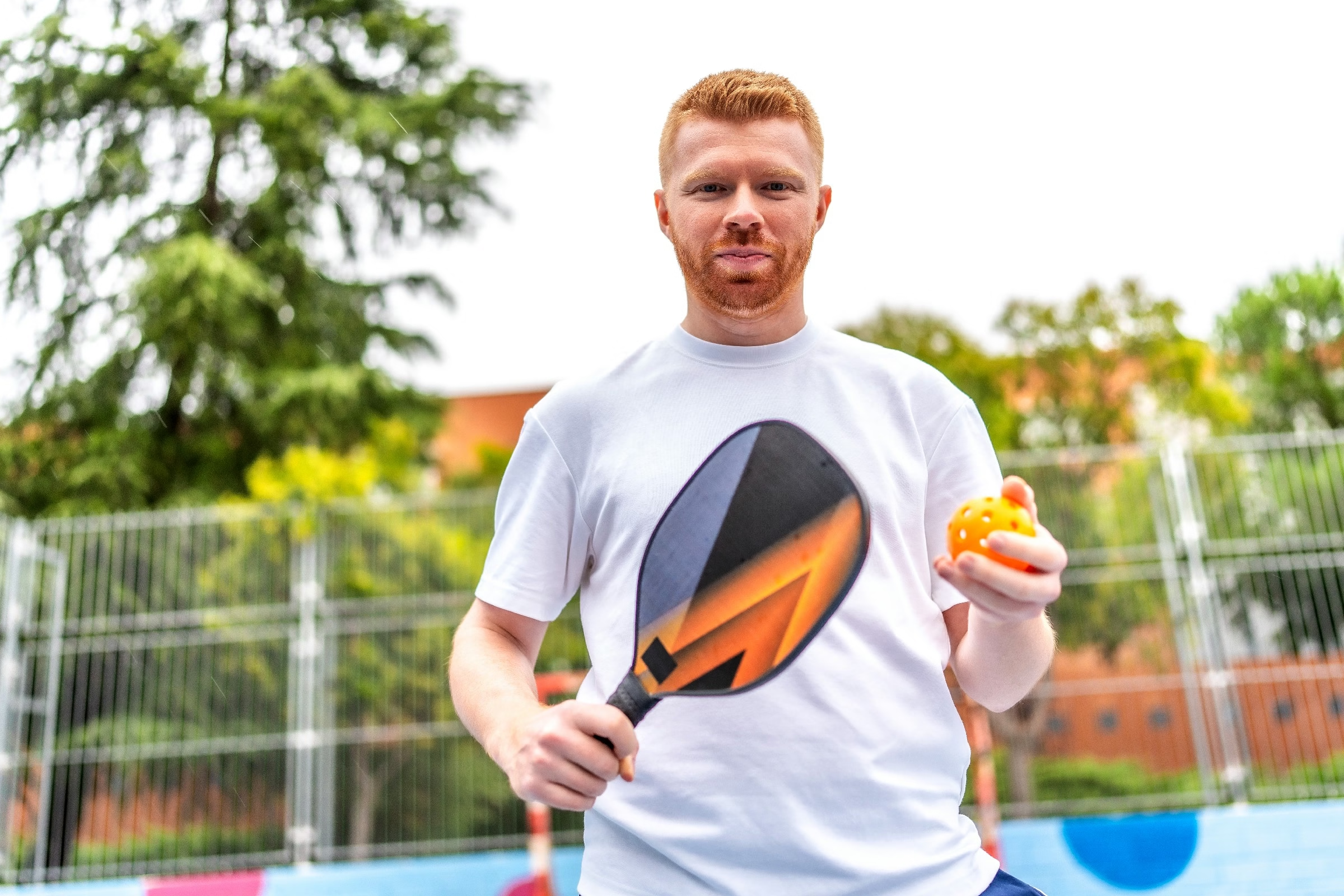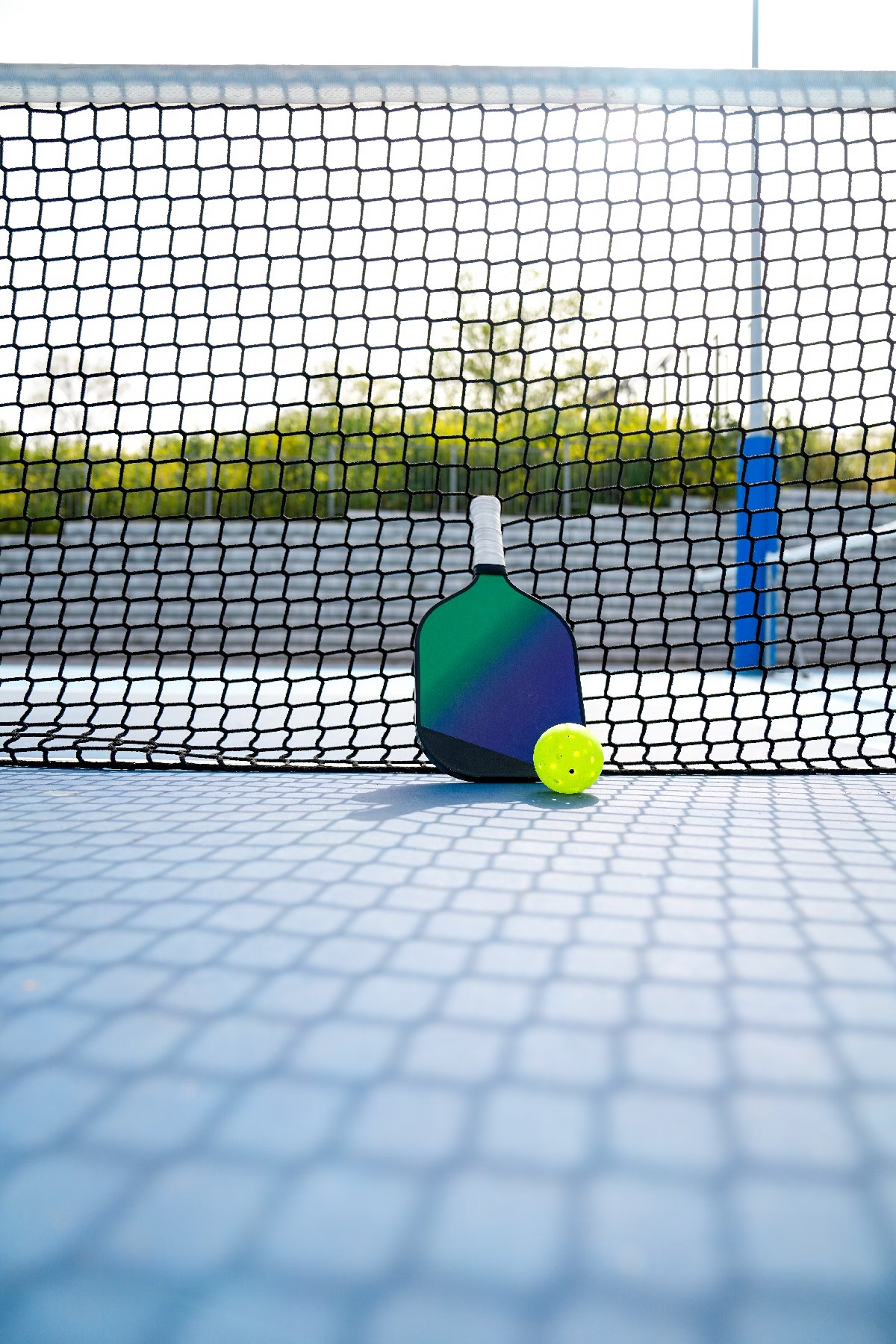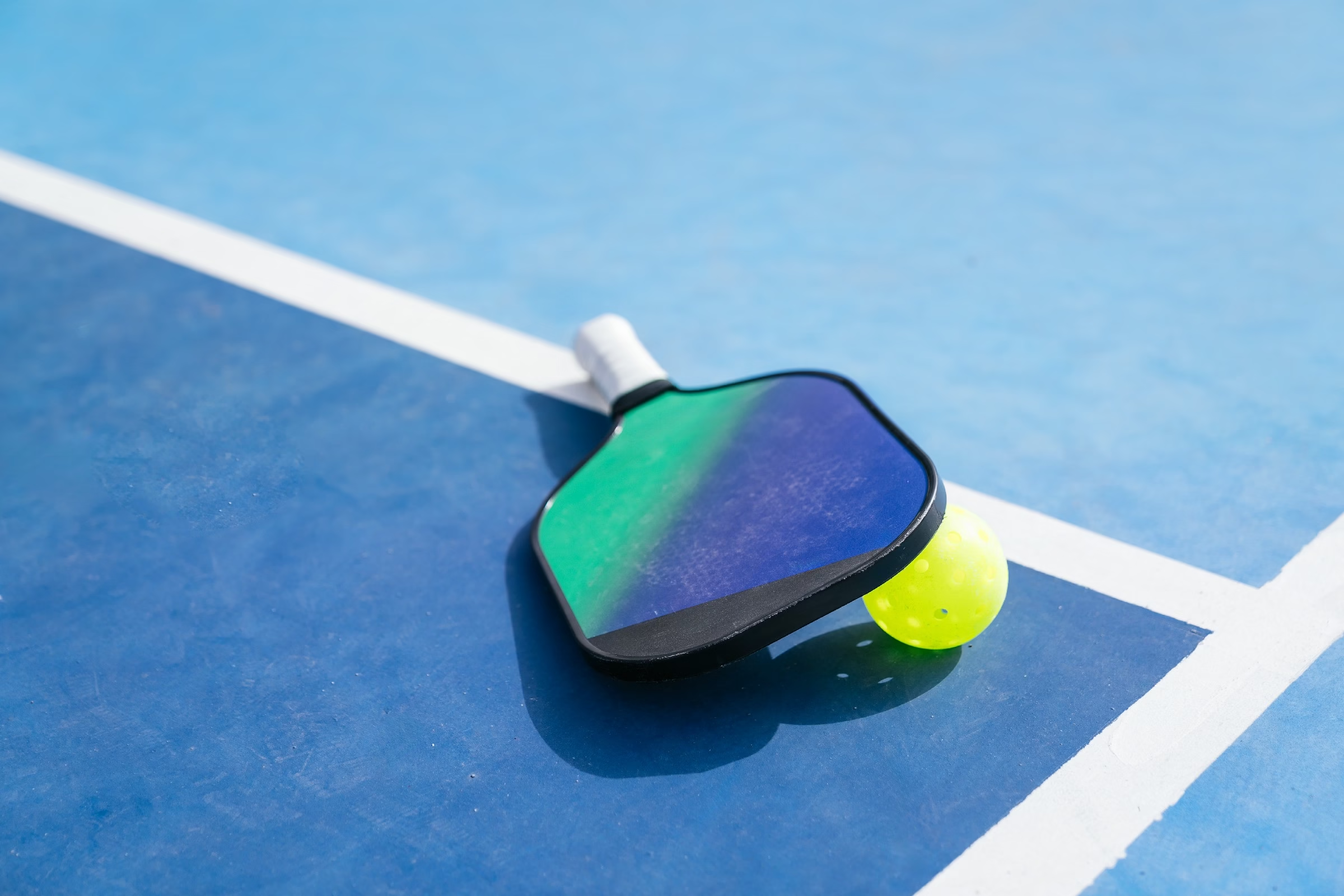Blog
when can you move into the kitchen in pickleball

When Can You Move Into the Kitchen in Pickleball?
In the fast-paced world of pickleball, boundaries define not only the physical court but also the strategies that players employ to outmaneuver their opponents. Among these boundaries, one spot stands out: the kitchen, or more formally known as the non-volley zone. This unique area serves as both a challenge and a tactical advantage, raising a fundamental question for players of all skill levels: when can you make your move into this tantalizing space? In this article, we will explore the intricacies of the kitchen, dissect the rules governing this elusive zone, and shed light on the strategic considerations that come into play. Whether you’re a seasoned player or a curious newcomer,understanding the kitchenS role is essential for elevating your pickleball game. Join us as we delve into the art of maneuvering in and around the kitchen, unlocking the potential for your best plays yet.
Table of Contents
- Understanding the Kitchen Area in Pickleball Dynamics
- Defining the Non-Volley Zone and Its Importance
- When It’s Safe to Enter the Kitchen: Timing tips
- Strategies for Playing Effectively Near the Kitchen
- Avoiding Common Mistakes in the Non-Volley Zone
- Enhancing Your Game: Drills for Kitchen Mastery
- Q&A
- Closing Remarks
Understanding the Kitchen Area in Pickleball Dynamics
The kitchen area, often referred to as the no-volley zone, plays a pivotal role in pickleball dynamics. understanding when and how a player can move into this crucial area is fundamental to mastering the game. The kitchen is the seven-foot area on either side of the net, designed to prevent players from executing aggressive volleys that dominate the play. An essential rule dictates that players cannot enter this zone to hit a volley; they can only step inside after the ball has bounced. This encourages a strategy that includes patience and tactical shot placement.
When considering your movement into the kitchen, it’s essential to recognize the moment a ball is playable. After it crosses the net, players may let the ball bounce in the kitchen before they make their move. This means players must be mindful of both their position and the ball’s trajectory. Key strategies for approaching the kitchen include:
- Staying poised: Maintain a balanced stance to facilitate quick movements.
- Watching the ball: Keep an eye on its bounce and spin to anticipate its behavior.
- Timing your move: Be ready to step into the kitchen only after the ball’s bounce.
Practicing these strategies will enhance your overall performance and court awareness. Understanding your opponent’s movements can also inform your decisions about when to enter the kitchen. A well-timed entry not only positions you for a winning return but also sets the stage for collaborative rallies that can frustrate adversaries. Review the following table for a snapshot of ideal kitchen strategies:
| Strategy | benefit |
|---|---|
| Watch for bounces | Increases triumphant volley chances |
| Maintain balance | Enhances reaction time |
| Anticipate opponent’s shots | Improves positioning and offense |
Defining the Non-Volley Zone and Its Importance
The Non-Volley Zone (NVZ), often referred to informally as “the kitchen,” is a crucial area in pickleball that significantly influences gameplay strategy. Defined as the seven-foot area on either side of the net, the NVZ is designed to prevent players from executing overly aggressive volleys that can lead to injuries and unbalanced plays. This designated space ensures a fair and strategic approach to the game, compelling players to time their movements and shots with precision.
Understanding when you can advance into this zone is vital for executing effective strategies. Here are a few key points regarding the rules governing movement in and out of the NVZ:
- You cannot hit a volley while standing in the NVZ. It’s important to respect this boundary, as any violation results in the loss of the point.
- You can enter the NVZ after the ball has bounced. Players must wait until the ball has crossed the net and touched the court before stepping into this area.
- Players must exit the NVZ when ball play is happening. If a player finds themselves in the kitchen during a volley, they must retreat instantly to avoid a fault.
Transitioning into the Non-Volley Zone strategically can provide players with a significant advantage. Here’s a quick comparison of player positions related to the NVZ:
| Player Position | Advantage | Disadvantage |
|---|---|---|
| At the NVZ Line | Ready for quick volleys | Risk of being caught in the kitchen |
| Inside the NVZ | Offensive setup for dinks | Vulnerability to volleys |
| Back at the baseline | Strong defensive position | Limited attack options |
When It’s Safe to Enter the Kitchen: Timing tips
Mastering the dance of timing on the pickleball court is essential for strategic play. In pickleball, the kitchen—a 7-foot non-volley zone—holds the key to controlling the game. Knowing when it’s safe to enter the kitchen involves more than just a quick glance; it requires observation of your opponent’s positioning and the trajectory of the ball. Here are some golden rules to guide your movement:
- Watch the Ball: if the ball is bouncing behind the kitchen line and your opponent is off balance,it’s your cue to step in.
- Opponent’s Body Language: A stretched or awkward stance from your opponent signals they are less likely to challenge your advance.
- Use of Angles: When your shot opens up angles and draws your rival forward, this is the perfect moment to sneak into the kitchen.
Timing your entry into the kitchen not only enhances your defensive strategies but also increases your offensive effectiveness.It’s crucial to remember that while you can move into the kitchen as soon as the ball bounces in play, your feet must remain grounded until the ball has completed its bounce. to visualize the best scenarios for entry, consider the following factors:
| Scenario | Ideal Response |
|---|---|
| Opponent’s Deep Shot | Approach and position yourself just before the kitchen line. |
| Short Drop Shot | Quickly step into the kitchen to volley. |
| High return | Stay alert to intercept and move forward cautiously. |
Lastly, understanding the rhythm of your game is paramount. Spend time practicing your reflexes and footwork in different drills that incorporate kitchen play. as the game progresses, you’ll develop a keen sense of timing that allows seamless transitions into the kitchen, maximizing your chances of seizing control of the point. Remember, it’s all about being proactive while respecting the boundaries that the kitchen presents.
Strategies for Playing Effectively Near the Kitchen
Mastering the area near the kitchen can significantly enhance your pickleball game. One effective strategy is to establish a strong position by maintaining footwork that allows you to quickly reach the kitchen line.Stay light on your feet and practice sidestepping movements to ensure you can react to your opponent’s shots swiftly. This will enable you to become a formidable presence at the net, ready to capitalize on any openings that arise.
Another key to playing well near the kitchen involves your shot selection. Aim for well-placed dinks that force your opponents into difficult positions.These soft shots should be carefully calculated to either create an opportunity for a volley or to draw your opponent into making a mistake. Pair this with an understanding of angles; by choosing the right moment to cross-court dink, you can open up space for your next aggressive shot.
communication and teamwork are essential,particularly in doubles play. Developing a non-verbal signal system with your partner can keep both players on the same page regarding who will take which shots and how to approach the net. Practicing this synergy enhances your ability to cover the kitchen, respond to your opponent’s slams, and efficiently defend against aggressive plays. Here’s a quick reference table for effective positioning and teamwork strategies:
| Positioning Strategy | Teamwork Tip |
|---|---|
| Stay alert and ready to move | Use hand signals for playcalling |
| Keep centered to react quickly | Communicate your intentions verbally and non-verbally |
| Anticipate opponents’ shots | Practice covering each other’s weaknesses |
Avoiding common mistakes in the Non-Volley Zone
When navigating the non-volley zone (commonly referred to as the kitchen) in pickleball,players often make critical mistakes that can affect their game. To enhance your performance, it’s essential to understand when it’s permissible to enter this area. Key points to remember include:
- Timing Your Entry: You can only step into the kitchen after the ball has bounced in the area.Be mindful of the ball’s trajectory and timing to avoid penalties.
- Watch Your Feet: Ensure that no part of your foot touches the non-volley zone while hitting a volley. This mistake can lead to losing valuable points.
- Be Aware of Your Opponent: While you’re focusing on your own movement, stay vigilant of your opponent’s positioning.Entering the kitchen when they’re poised to hit can lead to an unexpected volley situation.
additionally,it’s vital to keep track of your paddle’s position. A common error occurs when players erroneously initiate a volley while their body is still partially within the kitchen area. To avoid this, follow these guidelines:
| Action | Tip |
|---|---|
| Initiating from Back | Always make sure to establish your position outside the line before attempting a volley. |
| Foot Placement | Aim to keep your back foot on the ground just behind the kitchen line until the bounce occurs. |
practice makes perfect. Frequent drills focusing on kitchen movement can enhance your instincts and timing when entering this zone. You can incorporate these drills into your training routine:
- Bounce and Move: Practice hitting the ball after it bounces, gradually incorporating lateral movement towards the kitchen.
- Shadow Volleys: Train your body to respond correctly by simulating volleys while strictly adhering to kitchen rules.
- Partner drills: Work with a partner to receive feeds that encourage you to react quickly, simulating real game scenarios.
Enhancing Your Game: Drills for Kitchen Mastery
Mastering the kitchen area in pickleball is essential for elevating your gameplay. When your opponent hits a soft shot,known as a “dink,” having the ability to move quickly toward the non-volley zone,commonly referred to as the kitchen,is crucial. It allows you to take advantage of soft shots and respond effectively. To enhance your skills in this area,practicing specific drills can help improve your timing and positioning.
incorporate the following drills into your training routine to sharpen your kitchen mastery:
- Dink Drills: Stand at the kitchen line and practice soft dinks with a partner.Focus on placement and consistency while staying light on your feet.
- Quick Step Movement: Set up cones a few feet from the kitchen line. Practice sprinting to each cone and transitioning into a ready position as if preparing to play a volley.
- Feed and Finish: Have a partner feed you balls while you stay at the kitchen line. Your goal is to effectively return the ball with a soft volley back into the kitchen area.
When developing these skills, it’s also important to focus on strategic positioning within the kitchen area. Understanding when to move in and when to retreat can be the difference between winning and losing a point. Here’s a quick guide to key scenarios:
| Scenario | Action |
|---|---|
| Opponent hits a soft shot | Move into the kitchen for a potential volley. |
| Ball is hit high | retreat to avoid giving up control; defend from the baseline. |
| Unanticipated low ball | Quick footwork to adjust and respond accordingly. |
Q&A
Q&A: When Can You Move into the Kitchen in Pickleball?
Q1: What is the “kitchen” in pickleball?
A1: the “kitchen” is the colloquial term for the non-volley zone, a 7-foot area on either side of the net. Players must be careful when it comes to this zone since it has specific rules governing when they can enter it during play.
Q2: Why is the kitchen so important in pickleball?
A2: The kitchen plays a crucial role in strategy and gameplay. It limits where players can volley—hitting the ball before it bounces—ensuring that no one can dominate the net unsafely. This encourages rallies and adds variety to the game.
Q3: When can a player legally move into the kitchen?
A3: Players can enter the kitchen in two key situations: after the ball has bounced on their side and when they are not attempting to volley the ball. This means that as long as you let the ball bounce before stepping in, you’re free to operate in this zone.
Q4: Are there restrictions on how long a player can stay in the kitchen?
A4: There are no restrictions on how long a player can remain in the kitchen, provided that they abide by the bouncing rule. You can set up shop in there for strategic positioning, but remember that you can’t volley from within the zone.
Q5: What happens if a player violates the kitchen rule?
A5: If a player hits a volley from inside the kitchen or steps into the zone while the ball is in the air, they’ll lose the point. it’s a sharp reminder to respect the spatial dynamics of the court!
Q6: Can both players on the same team enter the kitchen simultaneously occurring?
A6: Yes, both players on a team can enter the kitchen provided that they are adhering to the bouncing rule.Though, teamwork and communication are key, as positioning too close together could leave your team vulnerable to a well-placed shot from the opponents.
Q7: Is it common for players to find themselves in the kitchen?
A7: Absolutely! Experienced players often visit the kitchen strategically, using it to set up for a strong return after their opponents have made a deep shot. Mastery of this area is vital for those looking to up their pickleball game.
Q8: What strategies can players use regarding the kitchen?
A8: Players often use shot placement to draw opponents into the kitchen, then seize the chance to deliver a powerful shot. Additionally, practicing your footwork will help you navigate this important area without putting yourself at risk of a foul.
Q9: Any last tips for managing the kitchen effectively?
A9: patience and awareness are key! Understanding opponent tendencies and maintaining a keen eye on the ball’s bounce will make you a kitchen connoisseur. Always remember: the kitchen is a place for strategy, not recklessness!
Closing Remarks
In the vibrant world of pickleball, mastering the nuances of the court can elevate your game from good to great. Understanding when to transition into the kitchen — that pivotal no-volley zone — is crucial for those looking to sharpen their skills and enhance their strategic play. As we’ve explored, this decision hinges on several factors: positioning, awareness of your opponent, and the flow of play.By recognizing the signs that indicate it’s time to enter the kitchen, you can better navigate the dynamics of each match, turning potential opportunities into winning moments.
So, as you lace up your athletic shoes and grab your paddle for your next game, remember: the key to unlocking the full potential of the kitchen isn’t just about timing; it’s about developing a keen sense of the game. With practice and mindfulness, you’ll find yourself confidently stepping into the kitchen — ready to slice through the competition and relish in the joy of playing pickleball at its finest. Happy playing!


